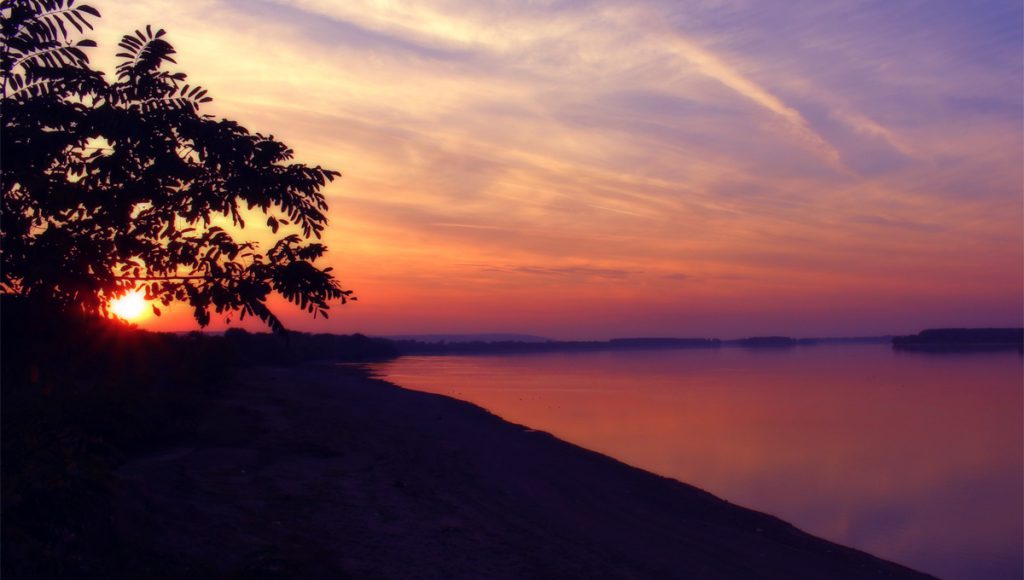The cultural diversity in the different Bulgarian Danube regions represents a high potential for development of tourist activities, connecting nature, cultural and historical heritage via specific topics and routes, highlighting the importance of cultural dialogue and nature conservation. The Bulgarian Danube region stretches for 470 km along the northern border of the country. It is believed that these lands have been inhabited since ancient times.
The Danube region features plains, wetlands, and several small Danube islands (64 in total). The Northwestern part is ideal for eco-tourism, birdwatching, and nature trails. Key natural areas include Persina Nature Park, Rusenski Lom Nature Park, Srebarna Reserve, etc., which protect rare wetland ecosystems and bird species such as black storks and sea eagles. Danube wetlands are a hotspot for biodiversity. Various initiatives aim to protect the habitats of rare species and preserve the unique landscapes which are a draw for ecotourism.
















